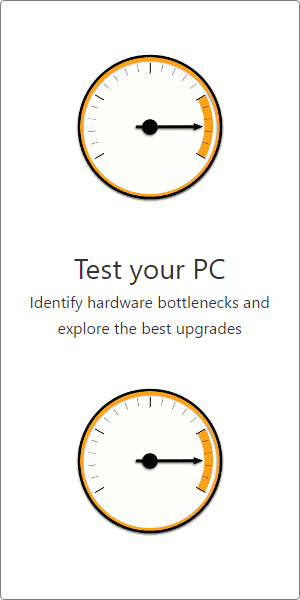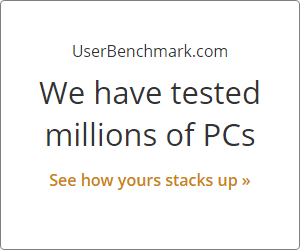 CSGO CSGO
Dust 2 1080p Max |
293 EFps | Better CSGO EFps. |
229 EFps | |||
 GTAV GTAV
Franklin & Lamar 1080p Max |
136 EFps | Better GTAV EFps. |
110 EFps | |||
 Overwatch Overwatch
Temple of Anubis 1080p Max |
221 EFps | Much Better Overwatch EFps. |
138 EFps | |||
 PUBG PUBG
M249 Training 1080p Max |
174 EFps | Much Better PUBG EFps. |
127 EFps | |||
 Fortnite Fortnite
UserBenchmark Island 1080p Max |
199 EFps | Better Fortnite EFps. |
157 EFps |
Effective Speed
+58%
Poor: 128%
Great: 174%
SPEED RANK: 27th / 713
Poor: 91%
Great: 104%
SPEED RANK: 66th / 713
| Effective 3D Speed
Effective 3D Gaming GPU Speed |
156 % | Much faster effective speed. |
98.3 % |
Average Score
+72%
Overclocked Score
+96%
Value & Sentiment
+23%
Nice To Haves
+36%
Conclusion
Average Bench 156%
Average Bench 98.3%
User Builds
357,946
254,908
Systems with these GPUs
Top Builds that include these GPUs


